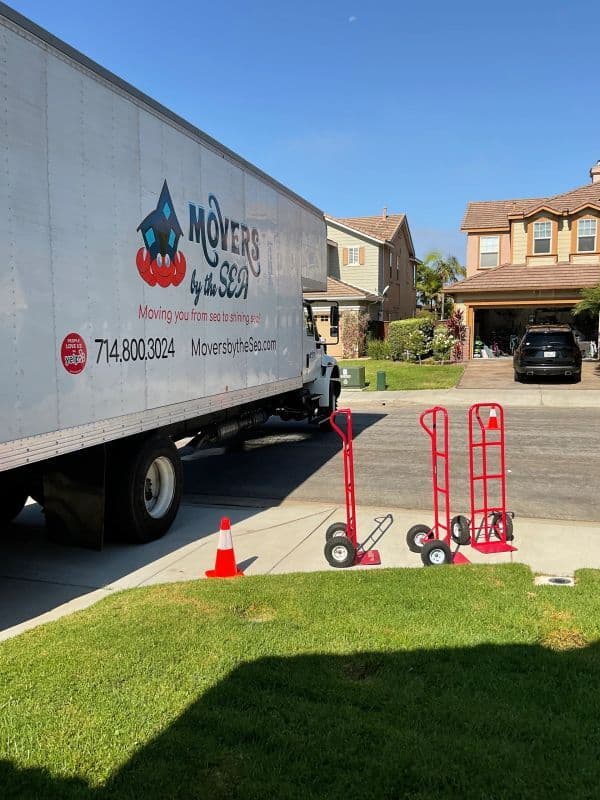What you can do that will affect how long your move may take – that is entirely up to you:
- Be prepared at least 3 days before the move. Packing on the day of the move will prolong the move. If you know that you will need additional help packing, let us know as soon as possible. We can provide packing services 2 days prior to the day of move.
- Take anything that you can over yourself beforehand.
- Have all electronics unplugged, cords bound, dismantled from wall beforehand. Unhang pictures from the wall, remove lamp shades and light bulbs and pack in boxes, have your hanging clothes already in wardrobe boxes.
- Do your own disassembling and reassembling of your furniture.
- Have a plan for where you want your items to land at the end location.
- Consider hiring an extra mover to expedite the move.
Here are some avoidable and unavoidable factors to consider regarding what adds time on a move: not being completely packed/last minute packing, loose unpacked random odds and ends, under-estimating how much has been accumulated over the years, not being available on-site for movers, not knowing where you want items placed, having movers disassembling and reassembling furniture, long carries, trips up & down flights of stairs, hoisting, traffic and distance from location to location, CA Double Drive Time, (any mandatory stop at weigh station), temperature & humidity, etc.





